Deploying with Docker
Which Docker Image do I need?#

Jitsu consists from two services: Configurator (aka Control Plan, optional) and Server (aka Data Plane). With each release, we build 3 docker images:
@jitsucom/servercontains only Server (see the image on docker hub)@jitsucom/configuratorcontains only Configurator (see the image on docker hub)@jitsucom/jitsu(aka Joint Image) contains both Server and Configurator (see the image on docker hub)
@jitsu/configurator is an optional component. Jitsu Server can be configured with YML file.
Heroku deployment users @jitsucom/jitsu under the hood. Docker compose
uses Jitsu joint image as well. If you're getting started with Jitsu, or operate Jitsu under moderate (<10 RPS) load, use @jitsucom/jitsu image,
otherwise consider deploying @jitsucom/server and @jitsucom/configurator separately.
Also, Jitsu requires Redis. Configurator uses Redis for storing Jitsu configuration, user accounts and so on. Server uses Redis for coordination, synchronization and caching. Docker compose already includes Redis
You can try Configurator UI at Jitsu.Cloud. Jitsu.Cloud will allow you to download configuration YML file that could be used for standalone Jitsu Server deployment.
See overview of deployment options below
Docker Compose#
The fastest option (one-click deploy). Perfect, to test Jitsu locally. Won't scale for production usage
Joint Image#
@jitsucom/jitsu docker image (see below). Can scale, however for high loaded system Configurator and Server separation
is advised
Deploying Jitsu Server and Configurator separately#
This method requires a separate deployment of @jitsucom/configurator and @jitsucom/server:
